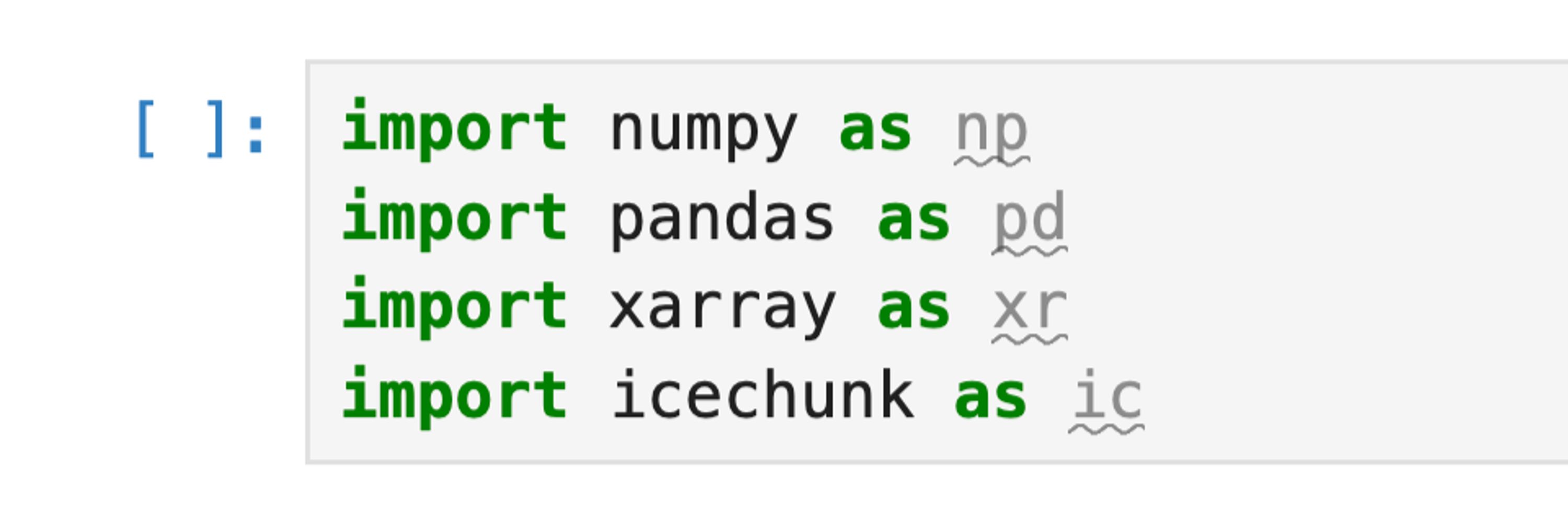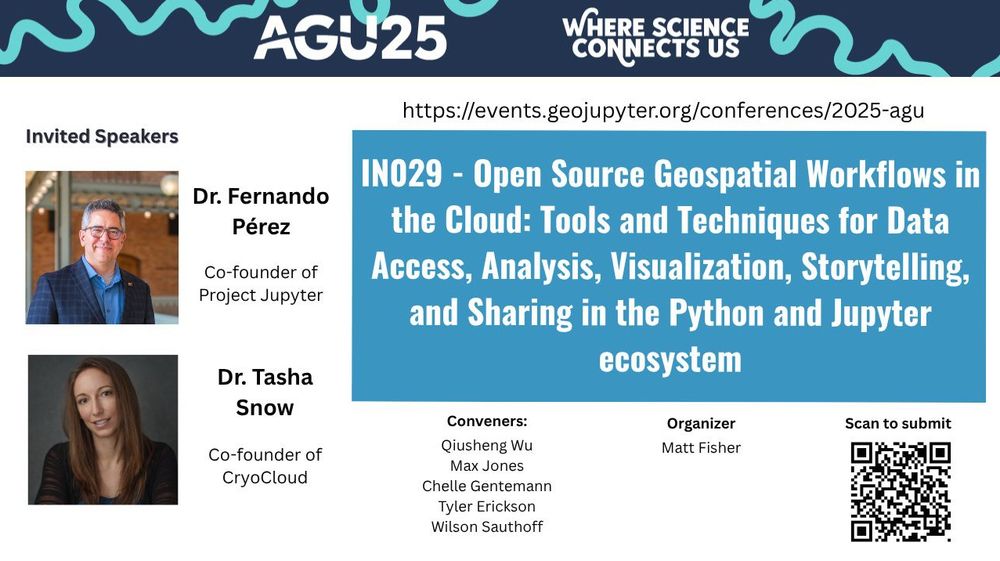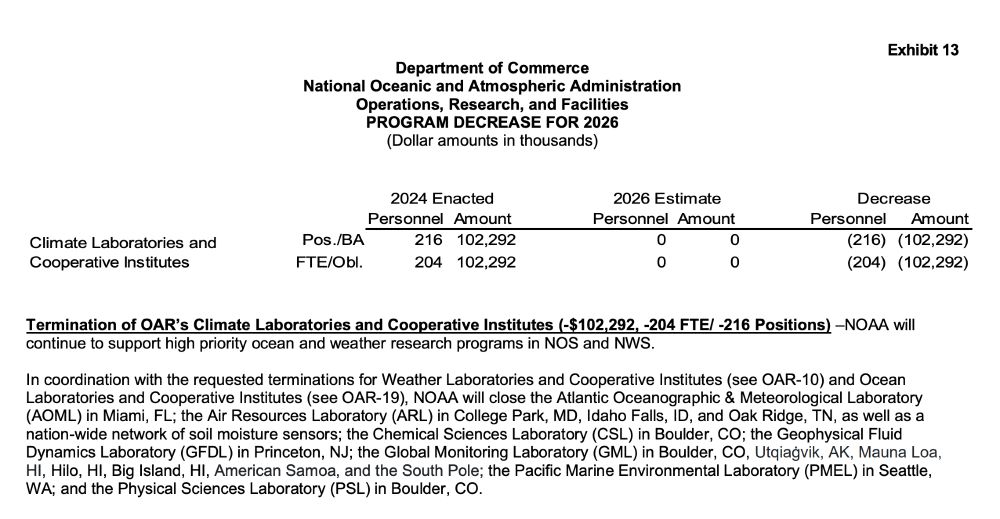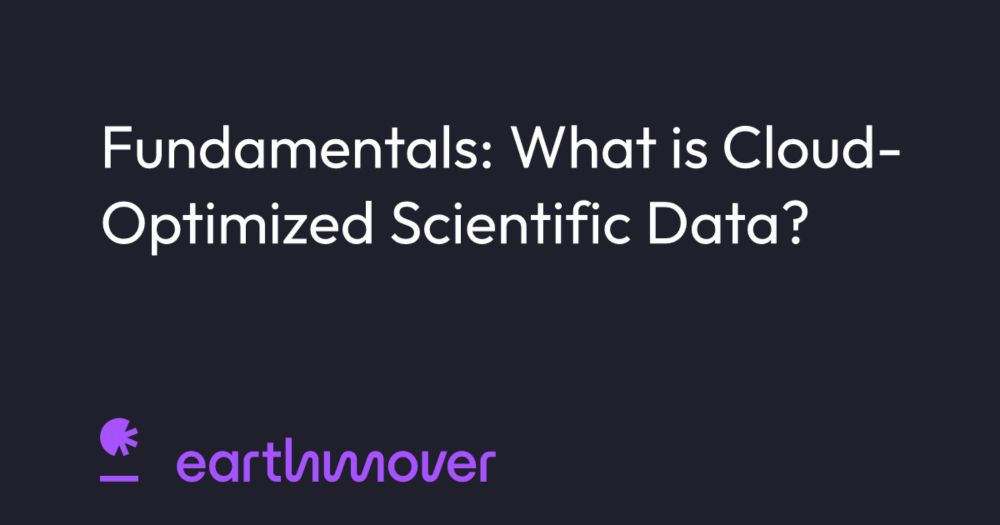TEGNicholas.bsky.social
@tegnicholas.bsky.social
330 followers
490 following
72 posts
Open-Source Software for science at Earthmover.io, built on Pangeo.io.
One of many xarray.dev core devs. https://tom-nicholas.com/
Previously dabbled in oceanography at [C]Worthy and Columbia Uni., originally did fusion plasma physics.
Posts
Media
Videos
Starter Packs
Reposted by TEGNicholas.bsky.social
Reposted by TEGNicholas.bsky.social
Reposted by TEGNicholas.bsky.social
Reposted by TEGNicholas.bsky.social
Reposted by TEGNicholas.bsky.social
Reposted by TEGNicholas.bsky.social
Reposted by TEGNicholas.bsky.social
Adam Sobel
@adamsobel.bsky.social
· May 21
Reposted by TEGNicholas.bsky.social
Earthmover
@earthmover.io
· May 14
Icechunk: Efficient storage of versioned array data - Earthmover
We recently got an interesting question in Icechunk’s community Slack channel (thank you Iury Simoes-Sousa for motivating this post): I’m new to Icechunk. How is the storage managed for redundant info...
earthmover.io
Earthmover
@earthmover.io
· May 12
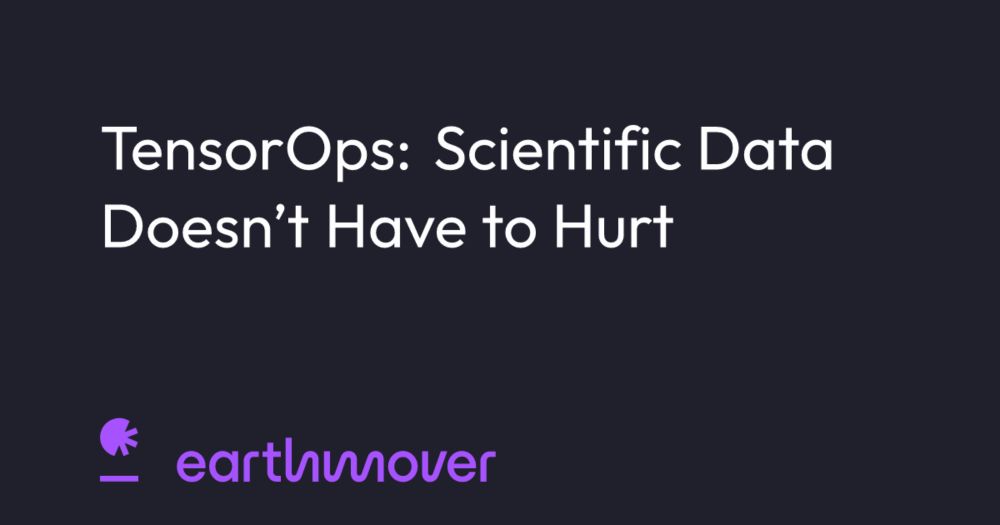
TensorOps: Scientific Data Doesn't Have to Hurt - Earthmover
Curious how your team scores on the "Data Pain Survey"? Wondering why your teams are building Rube Goldberg machines just to put some data on a map? Or just want to see our plan to bring order to your...
earthmover.io
Reposted by TEGNicholas.bsky.social
Abrahm
@abrahm.bsky.social
· Apr 24

White House Proposal Could Gut Climate Modeling the World Depends On
Potential funding cuts for NOAA and its research partners threaten irreparable harm not only to climate research but to American safety, competitiveness, and national security.
www.propublica.org
Earthmover
@earthmover.io
· Apr 23
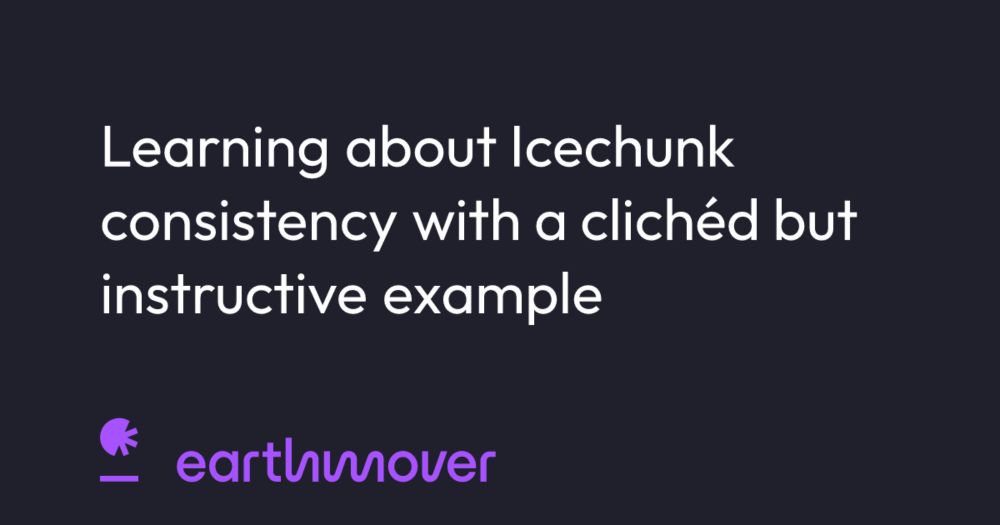
Learning about Icechunk consistency with a clichéd but instructive example - Earthmover
In this post we’ll show what can happen when more than one process write to the same Icechunk repository concurrently, and how Icechunk uses transactions and conflict resolution to guarantee consisten...
earthmover.io
Reposted by TEGNicholas.bsky.social
Mike Mahoney
@mikemahoney218.com
· Apr 19
